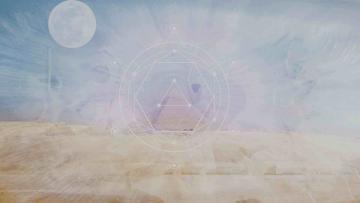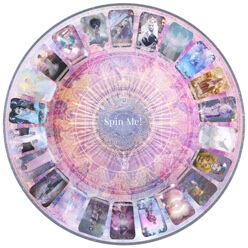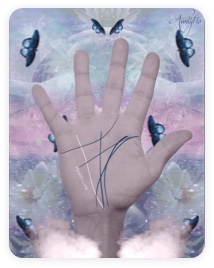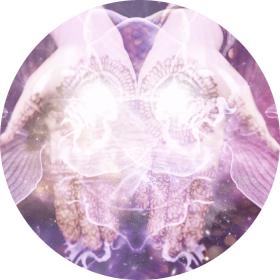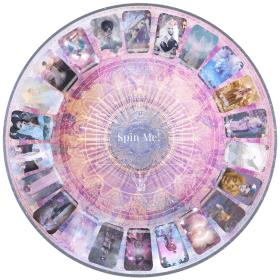Imbolc

Uncover hidden spiritual meanings
The February 2 festival.
A Gaelic word pronounced IM-BULG or IM-BOLG and which means ‘in the belly’ and is the time of the year where the first stirrings of Spring in the womb of Mother Earth are felt.
Imbolc is also referred to St Brigid by the Christian faithful. The word has diverse meaning, giving a clue as to the significance of the day. During the celebrations, things happen: a doll of the image of the goddess could be exchanged between different people and the gifts while offerings are conferred on it.
Brigid being the inspiration goddess, the gift which is passed around during the Imbolc can be a song or a poem instead of material things. There are several crosses of Brigid, which are formed out of wheat stalks and passed around and whoever receives them, takes them and hangs them in their houses in order to get protection from the damage of fire.
In the neo-Celtic group, there is a funny tradition which used to be carried out during the Imbolc, which involved the Bridge gas, which was to be carried from one home to the other at dawn. A lot of noise was made using a mixture of instruments which include pans, pots, and even tin cans. It was believed that the noise would awaken the spirits who were asleep. When they pass a homestead, they are welcomed in and served with some food before moving to the next house to torment it.
Some heathen, and neo-Celtic traditions associated the plow with the Imbolc. They used to decorate a plow and take it from one house to the next, asking for gifts and treats. In case the owner of the home didn't want to give them what they had asked for, they plowed his front yard.
During Imbolc festivals, hearth fires are relit as it is considered a Celtic fire festival and the hearth fire can be lit using the Yule greenery because if it is kept for long, it forces the folk to stay in the house for a much longer time. All over the house on windows, there will be lit candles as a sign to welcome the spring and house purification rituals are normally done during this Imbolc time.
The Wiccan normally celebrate Imbolc to honor the goddess as the maiden goddess. They normally believe that she is preparing for her coming wedding with the god. For Wicca, this festival came about through the work of Gerald Gardner even though he didn’t have access to pagan witchcraft sources and he only based the ritual to what he called the February Eve which he developed from ordinary Coven meetings.
Other Wicca writers have come up and linked the holiday to Celtic and Gaelic people; this they were using scholastic materials which were available to back up their claim. It is believed that it is the marking of the change in the goddess to maiden from a Crone. Attention is normally given to the first signs that appear of the springs, which is the time the flowering plants blossom in the Western Europe.
We hope you liked this article. Please support us by liking us on Facebook. Thank you in advance.
By Florance Saul
Feb 3, 2017

